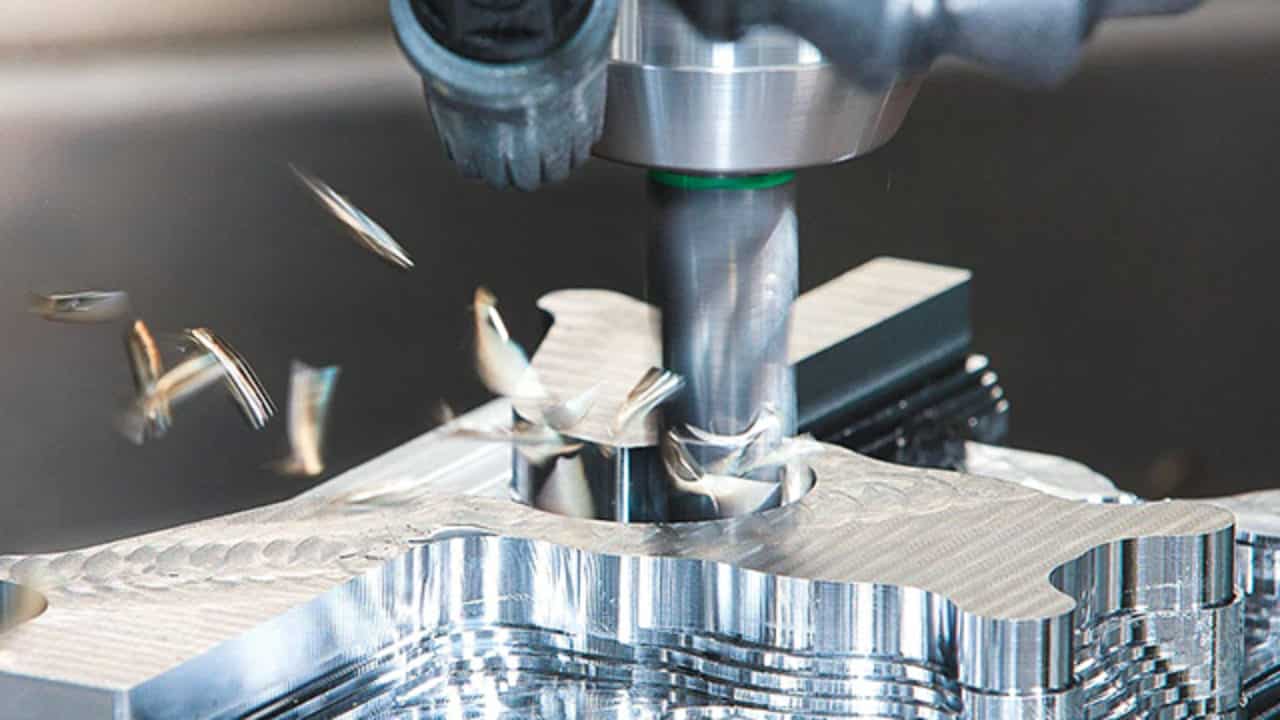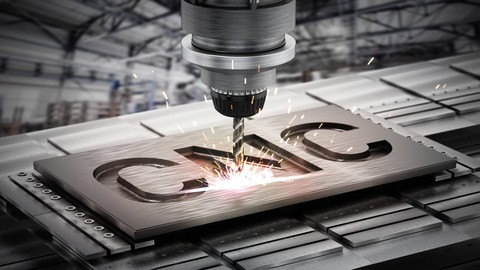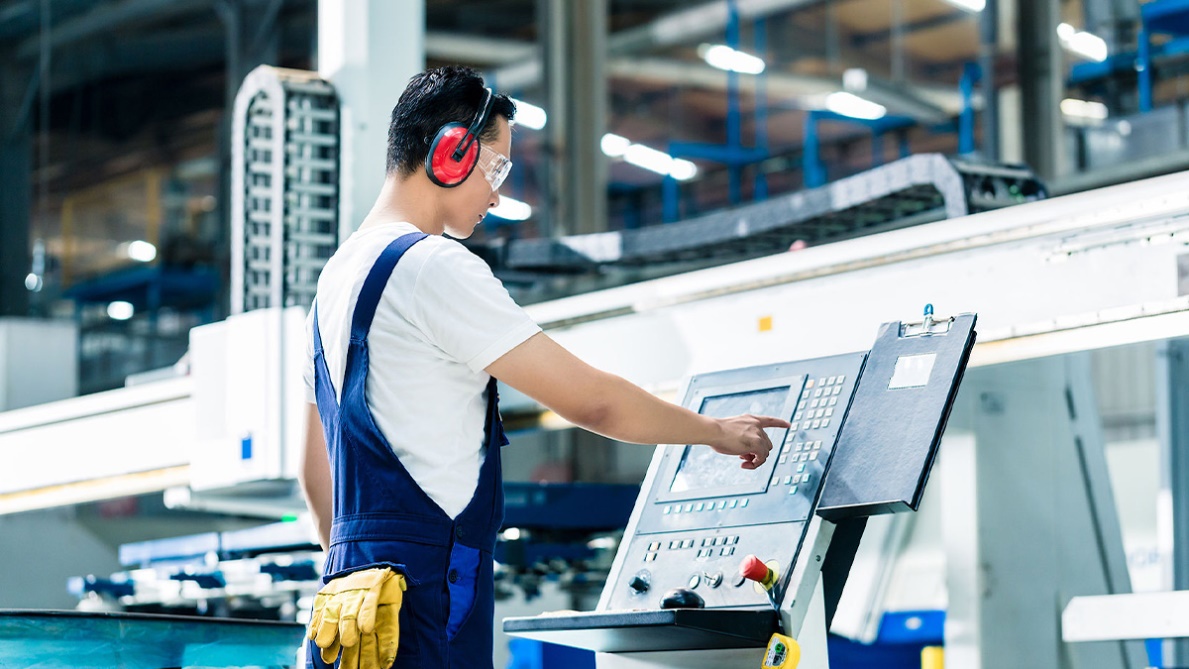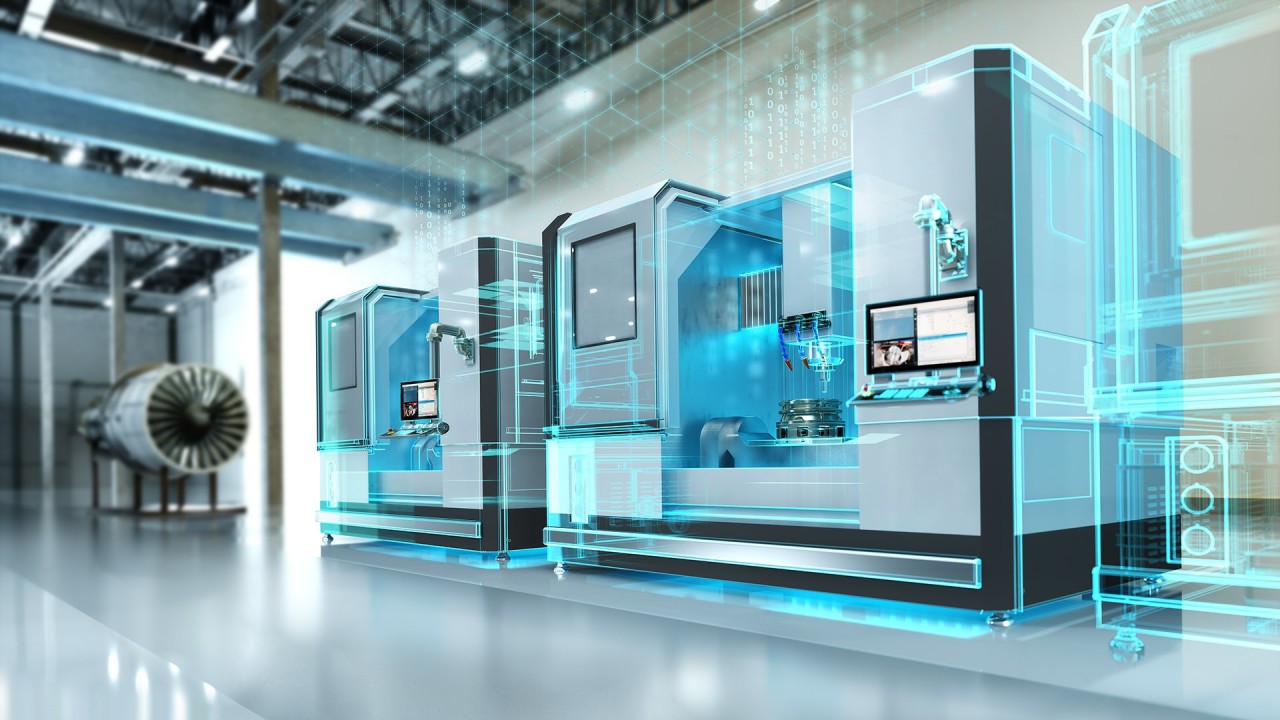CNC (computer numerical control) machines are the foundation of precision, effectiveness, and adaptability. These machines, driven by cutting-edge computing technology, have reformed how intricate parts are created across diverse industries. Well, understanding the configuration of CNC machines is crucial for engineers, operators, and enthusiasts alike. This article will explain the intricate world of CNC machine configuration, exploring the essential components, functionalities, and the pivotal role it plays in driving manufacturing excellence.
CNC machine configuration is the process of assembling and arranging various components and making arrangements for a Computer Numerical Control (CNC) machine to meet specific manufacturing requirements. It typically includes the selection and integration of different motion control systems, structural elements, tool options, control interfaces, and other features that define the CNC machine's ability and performance.

Configuration includes various considerations, such as the size of the CNC machine, its type and capacity, precise requirements, the complexity of operations, and industry-standard requirements. Each CNC machine has a unique configuration tailored to meet the specific demands of applications, production volumes, and budget limitations.
Indeed, CNC machine configuration is crucial to maximizing productivity, accuracy, and efficiency in all settings, from small hobbyist setups to large industrial operations. It includes cautious preparation, assessment of accessible choices, and now and again customization to guarantee that the machine satisfies the ideal guidelines and conveys the desired outcomes.
The CNC machine configuration is composed of several key components that work to perform precise machining operations. It is essential to understand these components to utilize CNC machines across various manufacturing applications. Let's explain each component in detail:
• Machine Structure: CNC machine structure typically includes a sturdy bed or base, columns, and vertical or horizontal spindle housing. The reliability and stability of the machine structure are crucial for maintaining accuracy and reducing vibration during cutting processes.
• Axes: CNC machines work in a multiple axes of motion that allow precise control over tool movement in three-dimensional space. Indeed, the primary axes have X-axis (horizontal), Y-axis (vertical), and Z-axis (depth). Additional rotary or linear axes can perform various complex machining tasks, such as simultaneous five-axis machining or multi-tasking operations.
• Drive Systems: Drive systems are used to translate digital commands from the control system into mechanical motion. There are various types of drive systems include servo motors and stepper motors, which drive movement along the axes using mechanisms such as ball screws, rack and pinion drives, or linear guides. Undoubtedly, these drive systems play an important part in achieving the desired speed, accuracy, and repeatability of CNC machine operations.
• Tooling: CNC machines have variety of cutting tools and tool holders tailored to specific machining tasks. Tool changers facilitate the rapid exchange of tools during operation, enabling continuous machining with minimal downtime. The selection of tooling depends on factors such as material type, cutting forces, surface finish requirements, and geometric complexity of the part being machined.
• Control System: The control system is the primary component of the CNC machine, responsible for interpreting part programs, performing different commands, and regulating machine functionalities. It consists of hardware components such as controllers, interfaces, and input/output devices, as well as software components including operating systems and CNC programming languages (e.g., G-code). These robust control systems offer real-time monitoring, adaptive control, and networking capabilities.
• Operator Interface: CNC machines have user-friendly interfaces that interact with the control system and programming machining operations. This interface includes control panel with buttons, knobs, and displays, or it could be a computer-based interface with graphical user interfaces (GUIs) and software applications for CAD/CAM integration. The operator interface helps users to perform different input commands, monitor machine status, and troubleshoot various problems.
• Safety Features: Safety is crucial in CNC machining infrastructure as machines have various safety features to protect operators and prevent accidents. These features provide emergency stop buttons, interlocks, safety guards, and machine enclosures.
The following are the reasons why CNC machine configuration is important:

A well-configured CNC machine is capable of achieving high levels of precision and accuracy in machining operations. The calibration of motion control systems ensures the machining operations are consistent and accurate. By adjusting parameters, for example, engine speed, feed rates, and tool paths, makers can accomplish tight resilience and quality surface finishes on completed parts. This level of precision is essential in industries where even minor deviations can result in product defects or performance issues.
The configuration of a CNC machine can be tailored to accommodate a wide range of machining tasks and materials. From choosing the appropriate spindle speed and tooling options to configuring the control system for ideal execution, manufacturers can customize each part of the machine to suit their unique requirements. This customization offers more flexibility in handling various materials, geometrics, and production volumes.
An optimized configuration enhances the efficiency and productivity of CNC machining processes by limiting setup times, reducing cycle times, and optimizing tool usage. Manufacturers can streamline production processes and maximize machine uptime by programming tool paths and automating machining arrangements. Also, advanced features such as tool changers and automatic workpiece situating improve productivity, allowing for continuous operation and quicker throughput.
Consistent machine configuration is essential for maintaining quality control standards across production runs. Operators can precisely replicate machining operations by storing and recalling machine settings, tool offsets, and program parameters. This ensures uniformity in finished parts and eliminates variability. In industries where conformity is paramount, maintaining quality standards and meeting customer requirements require this consistency.
CNC machine configuration reduces the need for manual labour and skill-intensive machining methods, resulting in substantial cost savings over time. By automating repetitive tasks and eliminating the need for constant supervision, manufacturers can reduce labour costs and reallocate resources to more value-added activities. Additionally, CNC machines can operate continuously without breaks, further upgrading productivity and cost-effectiveness.
CNC machine configuration works with a consistent integration with Computer-Aided Design (CAD) and Computer-Aided Manufacturing (CAM) software, empowering productive part programming and machining simulation. By importing CAD models and producing tool paths straightforwardly from digital designs, makers can speed up the programming process and limit blunders. The workflow is streamlined, communication between design and manufacturing teams is improved, and new product time-to-market is sped up thanks to this integration.
The advanced CNC machine configuration plays a vital role in various industries or fields to make manufacturing processes easy and effective. Here are the different fields where robust configuration of CNC machine is thriving:

The advanced configuration of CNC machine includes the fast shafts, multi-axis capacities, and advanced tooling frameworks are broadly used in the aerospace industry to machine complex parts, such as turbine edges, aeroplane designs, and engine parts. The capacity to accomplish tight tolerances and produce lightweight yet strong parts makes CNC machining essential for aviation producers.
In automotive manufacturing, where precision and efficiency are of the utmost importance, robust CNC machine configuration plays a crucial role. Many automotive components, including engine blocks, transmission gears, and chassis components, are manufactured using CNC milling machines, lathes, robotic tool changers, and automated workholding systems. Intricately shaped sheet metal components for vehicle interiors and bodies are cut using CNC laser cutting systems.
CNC machine configuration is essential for manufacturing intricate and precise components like surgical implants, prosthetics, and instrumentation in the medical device industry. CNC machining centres with multi-axis capabilities and high-speed spindles for medical applications produce intricate medical parts made of biocompatible materials like titanium, stainless steel, and polymers.
With the help of advanced CNC machines configuration, electronics manufacturing empower the creation of printed circuit boards (PCBs), electronic enclosures, and semiconductor components with high accuracy and repeatability. CNC routers equipped with particular tooling and vision frameworks precisely mill PCBs and cut intricate traces. CNC milling machines create moulds and die for injection-moulded plastic parts in consumer electronics.
CNC machine configuration is fundamental for the precision engineering and toolmaking industries, where many-sided moulds, dies, and precision parts are made to exact specifications. CNC machining focuses on ultra-accuracy spindles and tool changers. It examines frameworks to produce quality moulds for injection moulding, die-casting, and stamping processes, guaranteeing consistency and repeatability in large-scale manufacturing.
CNC machine configuration makes manufacturing rapid prototyping and quickly assembling components across various industries easier. These machines and lathes equipped with CAD/CAM software empower designers and engineers to rapidly repeat designs and produce practical prototypes with fewer lead times. This flexibility is especially useful in research and product development settings.
CNC machines designed for artistic and architectural fabrication enable the fabrication of intricate sculptures, decorative elements, and architectural components from various materials like wood, stone, and metal. Digital design software-equipped CNC routers and plasma cutters enable architects and artists to realize their visions by translating creative concepts into tangible creations with precision and detail.
CNC machine configuration empowers customized assembling and personalization of products across businesses like jewellery, fashion, and shopper merchandise. Adding intricate designs, logos, and serial numbers to products by CNC engraving machines with rotary axes and laser marking systems enhances their aesthetic appeal and brand identity.

As technology advances, the future of CNC machine configuration is promising, which will improve efficiency, accuracy, and adaptability in assembly. Follow the anticipated trends in CNC machine configuration:
• Integration of Artificial Intelligence (AI): AI-driven algorithms greatly stream CNC machine configuration. Machine learning techniques will examine sensor data, process monitoring systems, and verifiable performance to automatically adjust machine settings, predictive maintenance, and versatile machining techniques.
• Advanced Control Systems: Future CNC machines will include advanced systems with real-time monitoring, diagnostics, and versatile control capacities. These systems can adjust machining parameters based on real-time feedback, ensuring optimal performance and quality even under complex and variable machining conditions.
• Enhanced Robotics and Automation: The integration of robotics and automation will continue to grow in configuration of CNC machine. Collaborative robots (cobots) will work alongside CNC machines to perform tasks like part loading and unloading, tool changing, and in-process inspection, thereby reducing manual labour and increasing overall efficiency.
• IoT Connectivity and Smart Manufacturing: The robust configuration of CNC machines will become critical parts of interconnected smart assembly frameworks. IoT (Internet of Things) technology will empower consistent communication between CNC machines, workpieces, and other assembly gear. These IoT devices can exchange continuous data, monitor remotely, and perform predictive analytics for optimized production workflow.
• Additive Manufacturing Integration: CNC machine configurations will develop to incorporate hybrid manufacturing capacities, combining subtractive machining with additive manufacturing processes. Thanks to the integration of capabilities such as 3D printing, laser deposition, or directed energy deposition into hybrid CNC machines, complex geometries, material combinations, and on-demand customization will be possible.
• Digital Twin Technology: The incorporation of this configuration in CNC machines will help to make virtual copies of actual machines, empowering recreation, improvement, and proactive maintenance. Digital twins will give insights into machine behaviour, execution streamlining situations, and virtual testing of new configurations before implementation, decreasing downtime and improving reliability.
• Supportability and Energy Effectiveness: Future CNC machine configurations will focus on sustainability and energy effectiveness. Thanks to advanced materials, coatings, and lubrication systems, machine lifespan will be extended, energy consumption will be reduced, and environmental impact will be minimized. Also, CNC machines will integrate energy recovery systems and smart power management solutions to optimize energy utilization during operation.
The development of CNC machine configuration is evidence of the manufacturing industry's unwavering commitment to innovation and excellence. Through careful customization and improvement, CNC machine configuration empowers manufacturers to handle different challenges across multiple industries. From aerospace and automotive to medical devices and consumer goods, the advancement in CNC machine configuration are developing to meet explicit requirements, engage manufacturers in creating complex components, and customize products with unmatched accuracy and reliability.